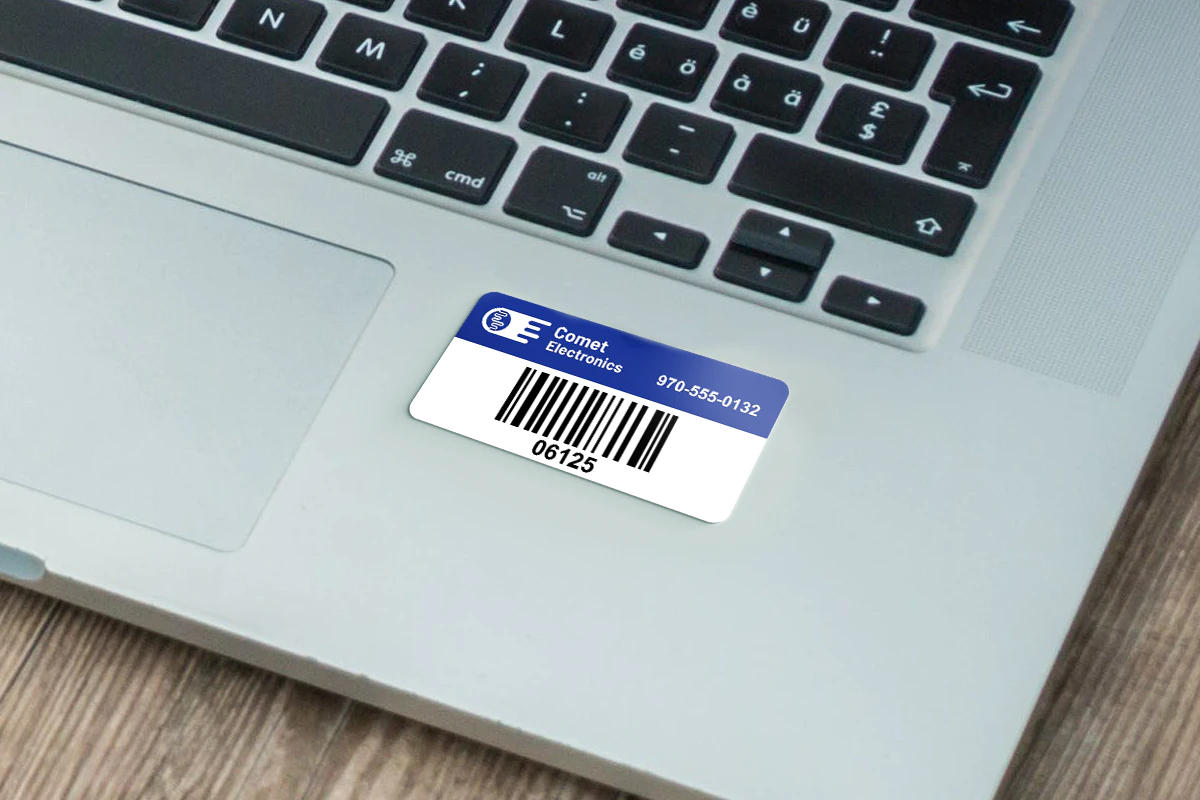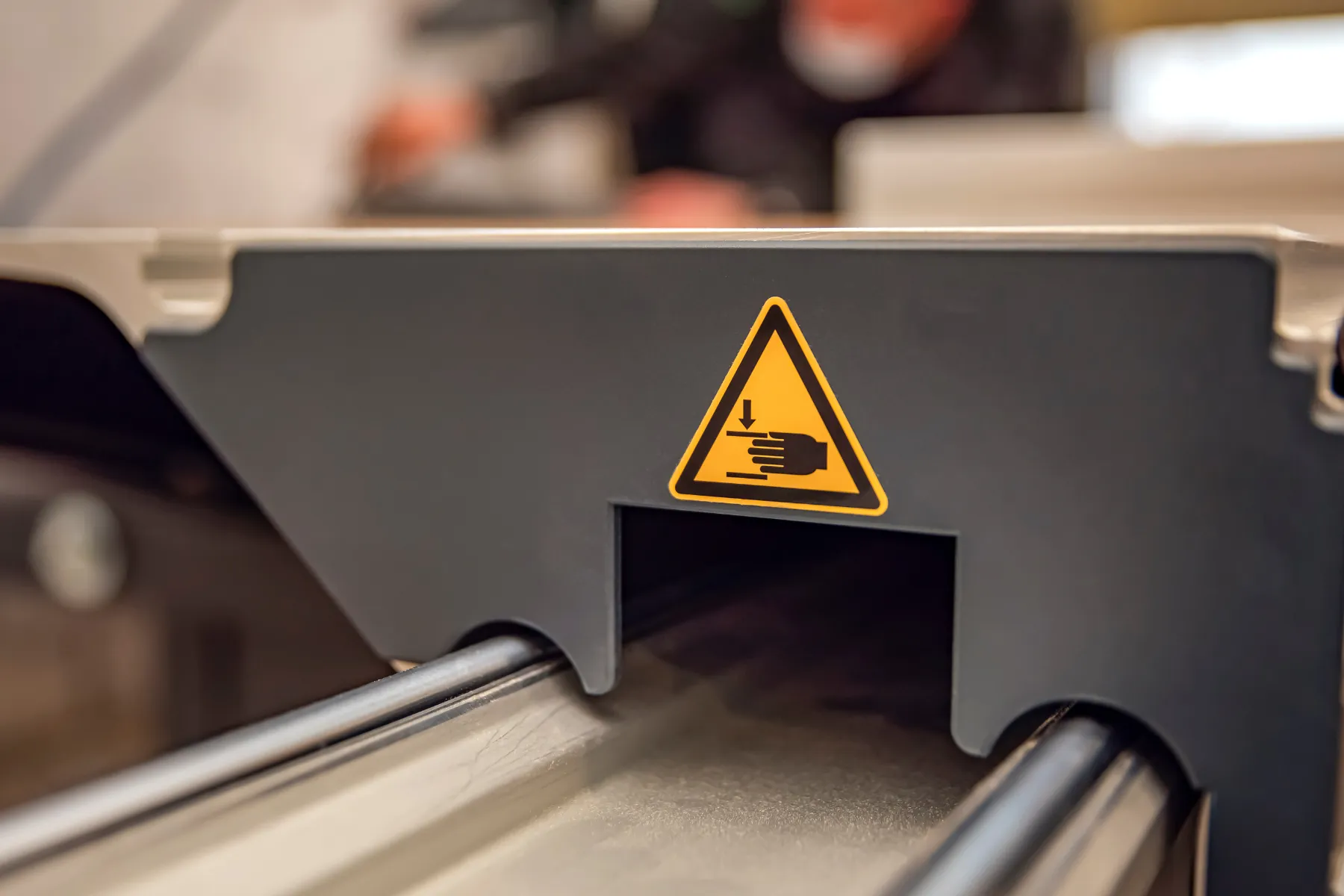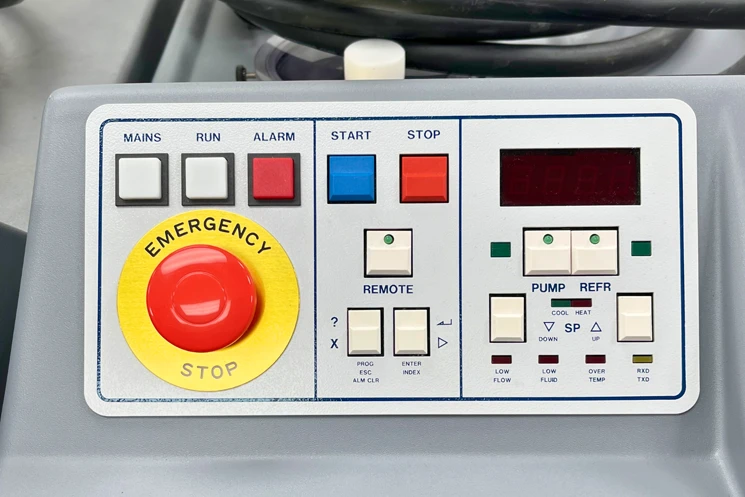The best way to track and locate assets is by using modern tools like GPS tracking devices, RFID tags, and asset tags. These tools help businesses monitor the location, condition, and usage of their equipment, tools, and vehicles in real time.
Whether you’re managing construction equipment, company vehicles, or office supplies, asset tracking ensures everything is accounted for and reduces losses.
Asset tracking is more than just knowing where something is—it’s about using technology to make better decisions, improve efficiency, and save money. In this blog, we’ll explain what asset tracking is, how it works, and the tools businesses use to monitor their valuable assets effectively.
What Is Asset Tracking?
Asset tracking is the process of keeping track of physical items like equipment, tools, vehicles, or supplies. It uses tools like asset tags, GPS tracking devices, and RFID tags to monitor these items in real time.
Every tracked item is given a unique identifier, such as a barcode or tag, that connects it to a tracking system.
For example:
- A construction company might use GPS asset tracking to monitor the location of its vehicles or machinery.
- A warehouse might use RFID tags or QR codes to manage inventory and find items quickly.
- A business might use asset tracking software to plan maintenance schedules and avoid equipment breakdowns.
This process provides location data, keeps records organized, and helps businesses operate more efficiently by knowing where their items are at all times.
📌 Asset Tracking Technologies & Benefits
| Technology | How It Works | Best Use Case |
|---|---|---|
| GPS Tracking | Uses satellite technology to provide real-time location data. | Ideal for tracking vehicles, heavy equipment, and shipments. |
| RFID Tags | Wireless tags transmit data when scanned by an RFID reader. | Best for tracking inventory, IT assets, and warehouse items. |
| Barcode Asset Tags | Unique barcodes scanned for quick identification & tracking. | Perfect for office assets, tools, and smaller equipment. |
| Asset Management Software | Centralized platform that monitors, organizes, and manages asset data. | Useful for businesses managing multiple assets across locations. |
Why Is It Important to Track and Locate Assets?
Keeping track of valuable assets isn’t just about organization—it’s about saving money, improving productivity, and reducing risks. Here’s why tracking assets is so important:
1. Prevent Loss or Theft
When you don’t know where your assets are, things can go missing. Theft or misplacement of equipment can lead to high replacement costs and downtime. Asset tracking solutions help reduce these risks by providing detailed location data in real time.
2. Increase Efficiency
Tracking assets makes day-to-day operations run more smoothly. Employees spend less time searching for tools or equipment because they know exactly where everything is. This is especially important for industries like fleet management or construction, where delays can cost money.
3. Cost Savings
Asset tracking helps businesses operate more cost effectively by avoiding unnecessary purchases. For instance, if you know you already have a specific piece of equipment at one location, you won’t accidentally buy or rent another.
4. Simplify Maintenance
With tools like asset management software, businesses can schedule repairs or replacements on time. Tracking systems can monitor equipment usage and send alerts for upcoming maintenance schedules, reducing breakdowns and extending the battery life of devices.
5. Real-Time Updates
One of the biggest benefits of real time tracking is having instant updates about where items are, whether they’re on-site, in transit, or at another location. This is especially useful for global positioning system (GPS) tools in fleet management.

How Does Asset Tracking Work?
Asset tracking works by assigning every item a unique identifier, such as an asset tag, and then using technology to monitor it. Here’s how the process works step-by-step:
1. Tagging Assets
Each item is labeled with an asset tag, such as a barcode, QR code, or RFID tag. These tags store the asset’s location data and link to a system where more information is kept, like maintenance history or ownership details.
2. Tracking Devices and Technologies
- GPS Tracking Devices: These use the global positioning system (GPS) to provide exact location data for assets in transit, such as vehicles or shipping containers.
- RFID Tags: Radio-frequency tags track items wirelessly in warehouses, construction sites, or other areas.
- QR Codes: Scannable codes provide detailed asset information, such as purchase dates, maintenance needs, or serial numbers.
3. Using Asset Tracking Software
The collected data is stored in an asset tracking system, often integrated with asset management software. This software provides real-time tracking, enabling businesses to see where their assets are at any given time.
Benefits of Asset Tracking
Here’s why investing in an asset tracking system is worth it:
1. Cost Saving
By knowing exactly what assets you have and where they are, businesses avoid buying or renting duplicate equipment unnecessarily. This cost-saving benefit is especially important for industries with high-value items, like construction or logistics.
2. Better Maintenance
Tracking tools can automate maintenance schedules based on real-time data, ensuring equipment stays in good condition. This reduces the risk of costly repairs and extends the lifespan of valuable assets like vehicles or machinery.
3. Improved Security
Tools like GPS tracking devices and RFID tags help monitor high-value items and reduce theft. If something does go missing, the location data makes recovery much easier.
4. Time Efficiency
With real-time tracking, employees don’t waste time searching for tools or equipment. They can simply check the system and see where items are in seconds.
5. Increased Accountability
By assigning a unique identifier to each asset, businesses can see who last used or handled the item. This improves accountability and reduces carelessness or misuse.
Types of Asset Tracking Devices
Different tools are available for tracking assets, depending on your needs:
- RFID Tags: Ideal for tracking items in warehouses or job sites. They provide wireless updates without requiring direct contact.
- GPS Tracking Devices: Perfect for monitoring vehicles or large equipment in transit, offering precise data through the global positioning system (GPS).
- QR Codes: Affordable and effective for smaller tools or assets that require detailed records.
- Asset Tags: Durable labels that identify items and connect them to the tracking system.
These technologies work together to ensure businesses always know where their valuable assets are.
Asset Tagging for your business
To track and locate assets effectively, businesses need the right tools and systems. Whether it’s GPS asset tracking, RFID tags, or an asset tracking system, these technologies provide the real-time data needed to improve security, save money, and keep operations running smoothly.By implementing modern asset tracking solutions, companies can reduce losses, avoid downtime, and manage their resources more cost effectively. If you’re looking to improve the way you’re managing assets, we can help with your asset tagging.
Track and Locate Assets FAQs
Asset tracking is the process of monitoring and managing physical resources, such as equipment, tools, and vehicles, using technologies like GPS tracking devices or RFID tags.
GPS asset tracking uses the global positioning system (GPS) to provide accurate location data for assets, whether they’re on-site, in transit, or at a remote location.
Real-time tracking allows businesses to locate their assets instantly, reduce losses, and improve efficiency by having up-to-date information about where items are.
An asset tracking system combines tools like asset tags and software to monitor and manage assets, providing detailed reports and updates about their location and condition.
Asset tracking technologies help businesses reduce costs, increase efficiency, prevent theft, and maintain their equipment through automated maintenance schedules.
The most effective way to track and locate assets is by using GPS tracking, RFID tags, barcode asset labels, and asset tracking software. These technologies provide real-time updates, improve security, and streamline asset management.
GPS tracking provides real-time location tracking for mobile assets like vehicles and heavy equipment, whereas RFID tracking is used for identifying and monitoring stationary assets such as inventory and IT equipment.
Asset tracking software centralizes all asset data, enables real-time monitoring, automates maintenance scheduling, and reduces asset losses, helping businesses save money and improve efficiency.
Asset tags, such as barcodes or RFID labels, allow businesses to scan and track equipment quickly, ensuring items are properly logged in a digital tracking system.



